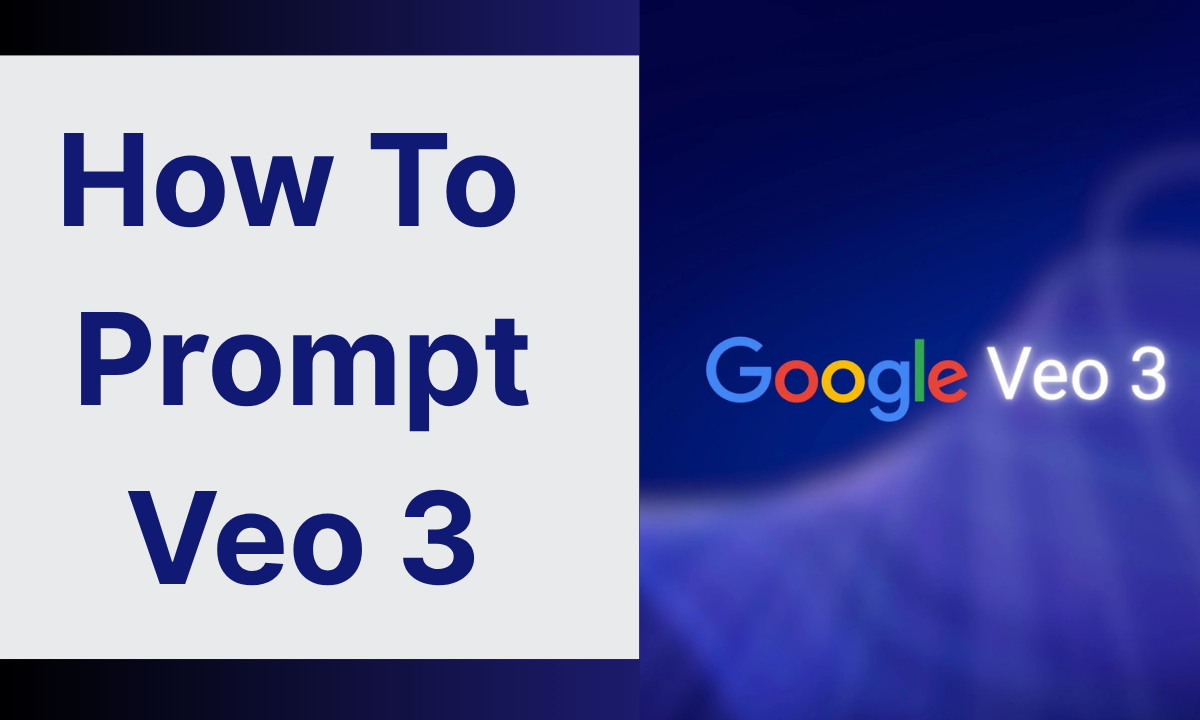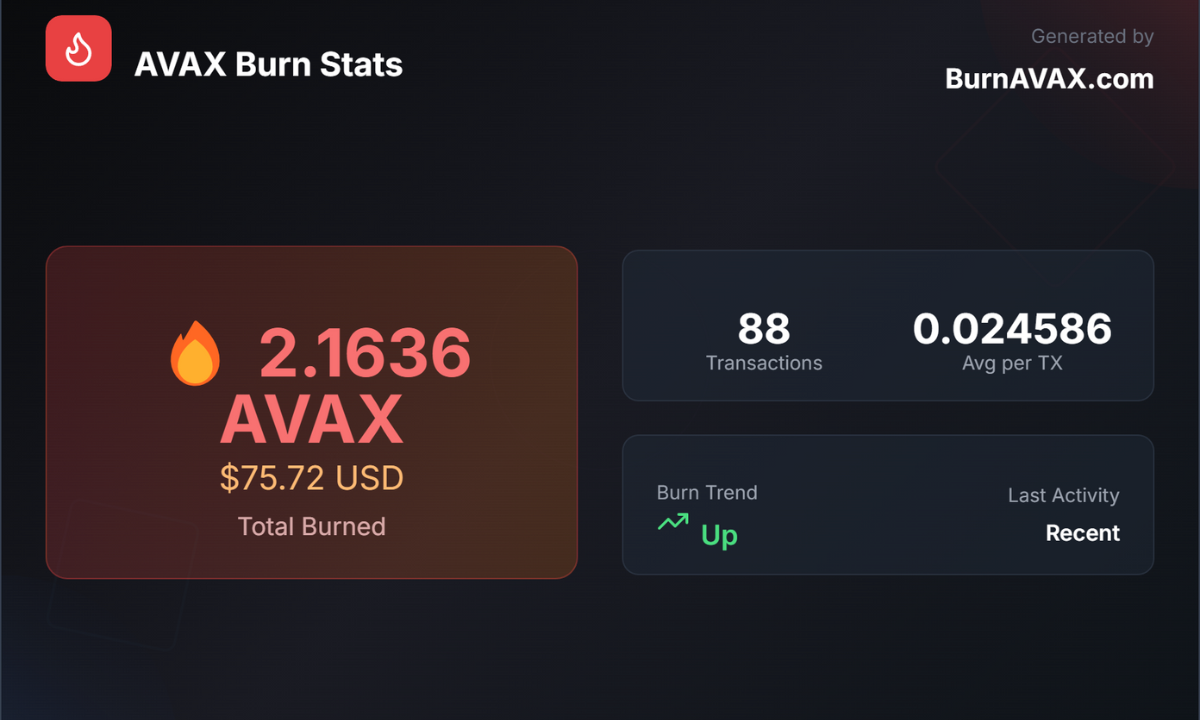Mastering Google Veo 3: Best Prompts and Practices for Stunning AI Videos
Google Veo 3, unveiled at Google I/O 2025, represents a leap forward in AI-powered video generation. This state-of-the-art model, developed by Google DeepMind, transforms text and image prompts into high-definition videos complete with synchronized audio, including dialogue, sound effects, and background music. Unlike its predecessors, Veo 3 excels in hyperrealism, accurate physics, and prompt adherence, making it a game-changer for filmmakers, marketers, educators, and creators. Available through Google’s AI Ultra plan ($249.99/month) via the Gemini app and Flow, an AI filmmaking tool, Veo 3 empowers users to craft professional-grade videos without a traditional production crew. This article explores the best prompts and practices for leveraging Veo 3 to create stunning, cinematic content, offering practical examples and actionable tips for beginners and seasoned creators alike.
Understanding Google Veo 3 for Beginners
For those new to AI video generation, Veo 3 is a text-to-video and image-to-video model that interprets natural language prompts to produce short, high-quality video clips (typically 5-8 seconds). Its standout feature is native audio integration, allowing for lip-synced dialogue, ambient sounds, and music, which sets it apart from competitors like OpenAI’s Sora. Veo 3 also supports advanced camera control, character consistency, and style customization through reference images, making it versatile for various use cases, from promotional ads to narrative shorts. Available in the U.S. via Google’s Flow platform and Vertex AI for enterprise users, Veo 3 is designed to be accessible yet powerful, though it requires a paid subscription for full access.
The key to unlocking Veo 3’s potential lies in crafting effective prompts. A well-structured prompt acts as a blueprint, guiding the AI to produce videos that align with the creator’s vision. Below, the best practices for prompting Veo 3 are outlined, followed by example prompts that yield impressive results.
Best Practices for Prompting Veo 3
Just like with large language models, crafting effective prompts for Veo 3 requires clarity, specificity, and an iterative approach. Here are the top best practices to ensure high-quality video outputs:
- Be Specific and Descriptive: Veo 3 thrives on detailed prompts that describe the subject, context, action, style, and audio. Vague prompts like “a man in a city” often lead to generic or inconsistent results. Instead, include visual and auditory details to guide the AI.
- Use a Structured Prompt Format: Organize prompts into clear categories: scene description, subject details, action, visual style, camera movement, and audio. This structure helps Veo 3 interpret the intent accurately.
- Avoid Negative Language: Instead of saying “no subtitles” or “don’t show walls,” describe the desired outcome positively, e.g., “a clean background with no text.” Negative prompts can confuse the model.
- Keep Dialogue Short and Clear: For dialogue, use concise phrases that can be spoken in 5-8 seconds. Specify the speaker and tone, e.g., “A woman in a red dress says: ‘We’re unstoppable!’” Avoid quotation marks to prevent unwanted subtitles.
- Iterate and Refine: Rarely does the first prompt yield perfect results. Analyze the output, identify discrepancies, and tweak the prompt to address specific issues, such as adjusting camera angles or clarifying character actions.
- Leverage Reference Images: For character consistency, use Flow’s Character Library to store reference images or detailed descriptions. Repeating exact wording for characters across prompts helps maintain visual continuity.
- Specify Audio Elements: Veo 3’s native audio generation is a strength, but it requires explicit instructions. Mention desired sound effects, music genre, or ambient noises to enhance immersion.
- Test Small Changes: When iterating, modify one element at a time (e.g., camera angle or lighting) to understand its impact. This methodical approach improves prompt precision.
By following these practices, creators can maximize Veo 3’s capabilities and produce videos that feel polished and intentional. The following section provides example prompts that demonstrate these principles in action.
Example Prompts for Stunning Veo 3 Videos
Below are carefully crafted prompts designed to produce high-quality videos across various use cases. Each prompt follows the best practices outlined above and includes specific details to guide Veo 3 effectively.
1. Cinematic Advertisement
Prompt: A dynamic tracking shot follows a young woman in a vibrant yellow jacket running through a bustling urban street at golden hour. She wears sneakers and carries a backpack. The camera maintains a medium shot, capturing her confident stride. Upbeat pop music plays, with sounds of city traffic and distant chatter. The scene ends with bold white text fading in: ‘Chase Your Dreams.’ Cinematic style, vivid colors, no subtitles.
Why It Works: This prompt specifies the subject, action, context, camera movement, audio, and visual style, ensuring a cohesive and engaging ad. The positive language and clear text instruction avoid common pitfalls like unwanted subtitles.
2. Narrative Short
Prompt: A medium shot of an elderly man with a white beard, wearing a faded green sweater, sitting on a park bench at dusk. He looks thoughtful, holding a worn photo. The camera slowly pans around him, capturing soft autumn leaves falling. A gentle piano score plays, with faint birdsong and rustling leaves. He says: ‘Some moments last forever.’ Realistic style, warm lighting, no subtitles.
Why It Works: The prompt provides a clear character description, emotional tone, and environmental details. The short dialogue fits the 8-second limit, and the audio elements enhance the narrative’s mood.
3. Video Game World
Prompt: A third-person perspective of an open-world video game set in a futuristic cyberpunk city at night. Neon signs glow in pink and blue, reflecting on wet pavement. The camera follows a character in a black leather jacket walking through a crowded market. Synthwave music pulses, with sounds of buzzing drones and murmured conversations. Stylized, high-tech aesthetic, no subtitles.
Why It Works: This prompt leverages Veo 3’s strength in generating game-like worlds by detailing the environment, character, and audio. The stylized aesthetic aligns with the cyberpunk genre, ensuring visual coherence.
4. Educational Animation
Prompt: A 3D animated scene in a vibrant cartoon style, showing a cheerful robot with glowing blue eyes explaining a solar system model. The setting is a starry classroom with floating planets. The camera zooms in on the robot’s expressive gestures. A cheerful orchestral score plays, with soft beeping sounds. The robot says: ‘The sun powers it all!’ No subtitles, bright lighting.
Why It Works: The prompt balances educational content with engaging visuals and audio. The cartoon style and clear dialogue make it accessible for younger audiences, while the zoom enhances focus.
5. Social Media Vlog
Prompt: A selfie-style shot of a young man in a red hoodie standing on a windy cliff overlooking the ocean. The camera is slightly shaky, mimicking handheld footage. He smiles and says: ‘This view is unreal!’ Sounds of crashing waves and seagulls fill the background, with no music. Vlog aesthetic, natural lighting, no subtitles.
Why It Works: The prompt captures the casual, authentic feel of a vlog by specifying the camera style and natural audio. The short dialogue suits the social media format.
Tips for Consistent Results
To further enhance results, creators should consider the following:
- Use Google Flow for Sequencing: Flow’s Scene Builder allows sequencing multiple 8-second clips for longer narratives. Ensure consistent character descriptions across prompts to maintain continuity.
- Experiment with Styles: Veo 3 supports various aesthetics, from photorealistic to animated. Test different styles to find the best fit for the project.
- Monitor Prompt Length: While detailed prompts are ideal, overly long prompts can overwhelm the model. Aim for 50-100 words for clarity.
- Check for Artifacts: Occasionally, Veo 3 may produce visual glitches, like distorted hands. Refine prompts to focus on key elements and reduce complexity if artifacts persist.
Conclusion
Google Veo 3 is revolutionizing video creation by enabling anyone to produce cinematic, audio-rich clips from text prompts. By mastering prompt engineering—using specific, structured, and positive language—creators can unlock Veo 3’s AI video generation capabilities full potential. The example prompts provided demonstrate how to craft engaging ads, narratives, game worlds, animations, and vlogs, while the best practices ensure consistent, high-quality results. Whether a beginner or an experienced filmmaker, experimenting with Veo 3’s capabilities opens up endless creative possibilities. Start with these prompts, iterate thoughtfully, and watch your ideas come to life in stunning detail.






